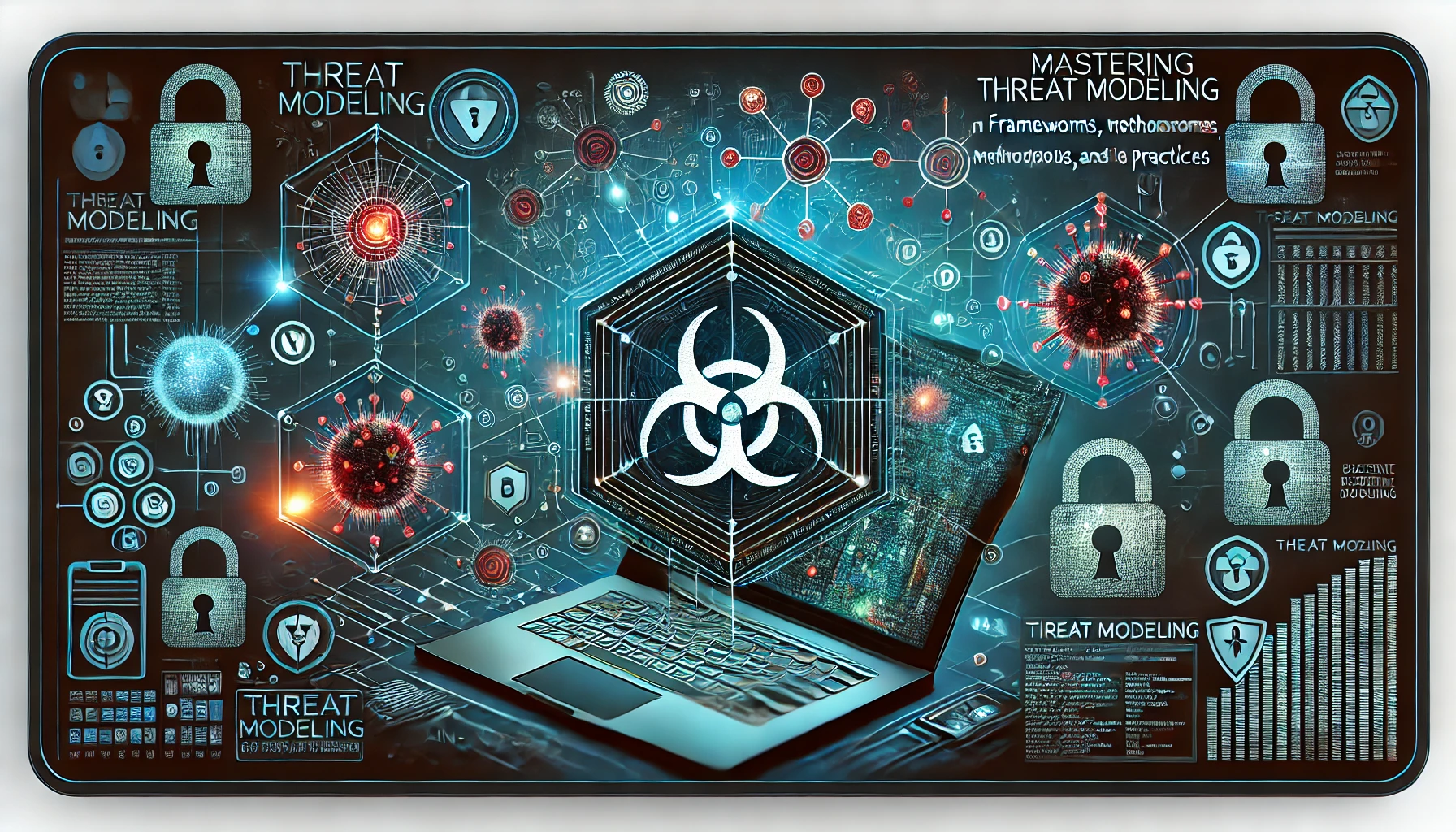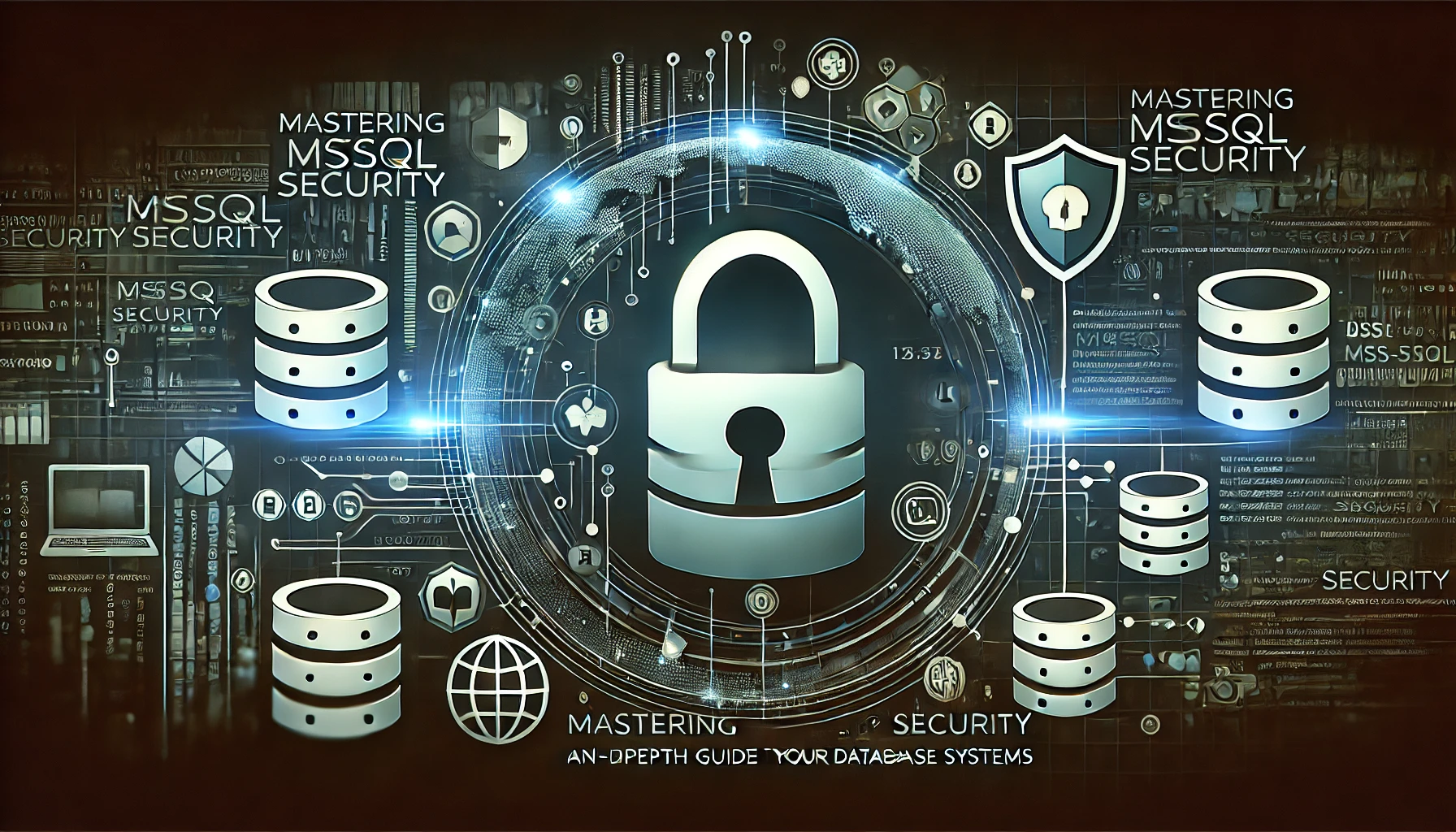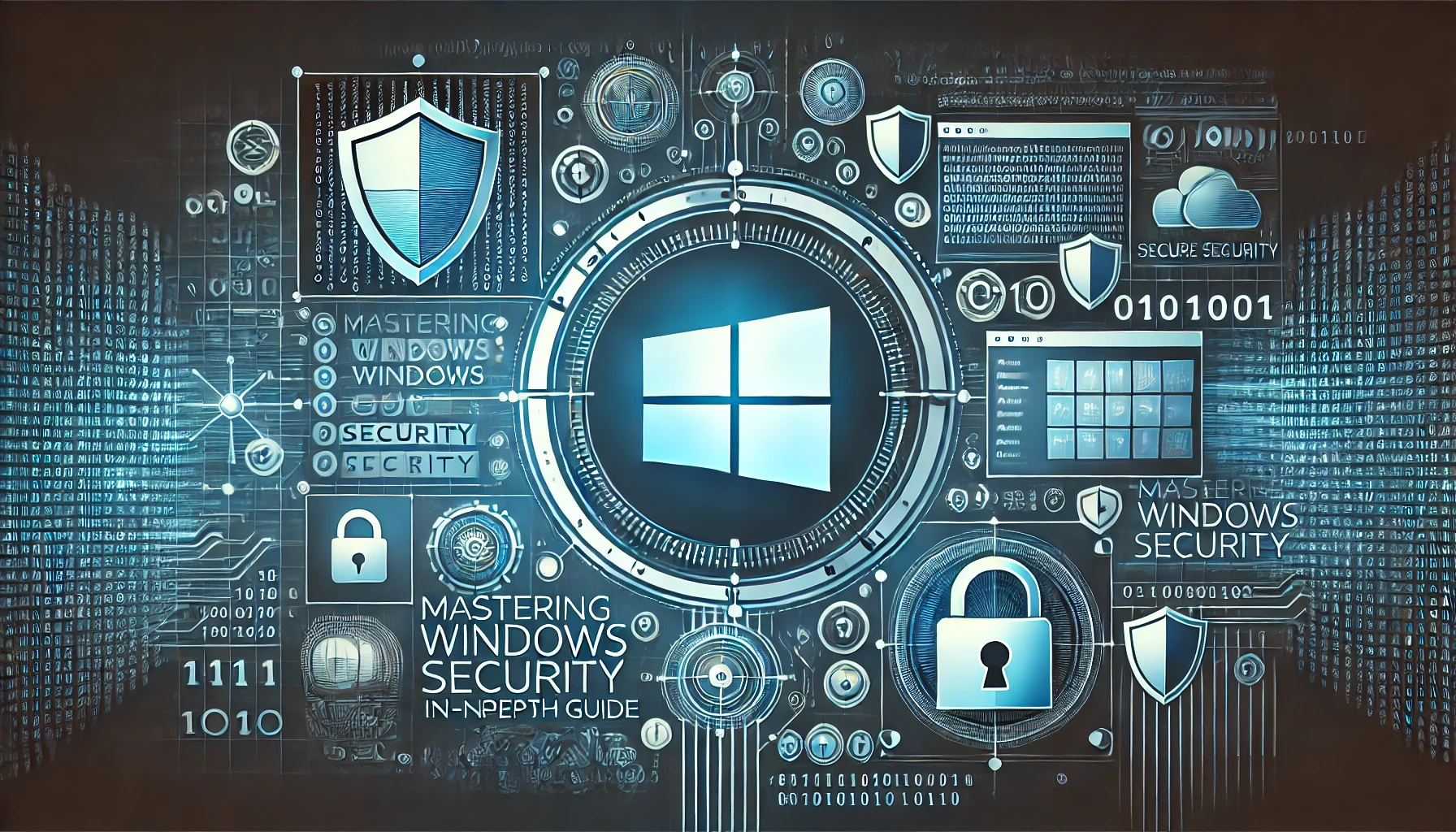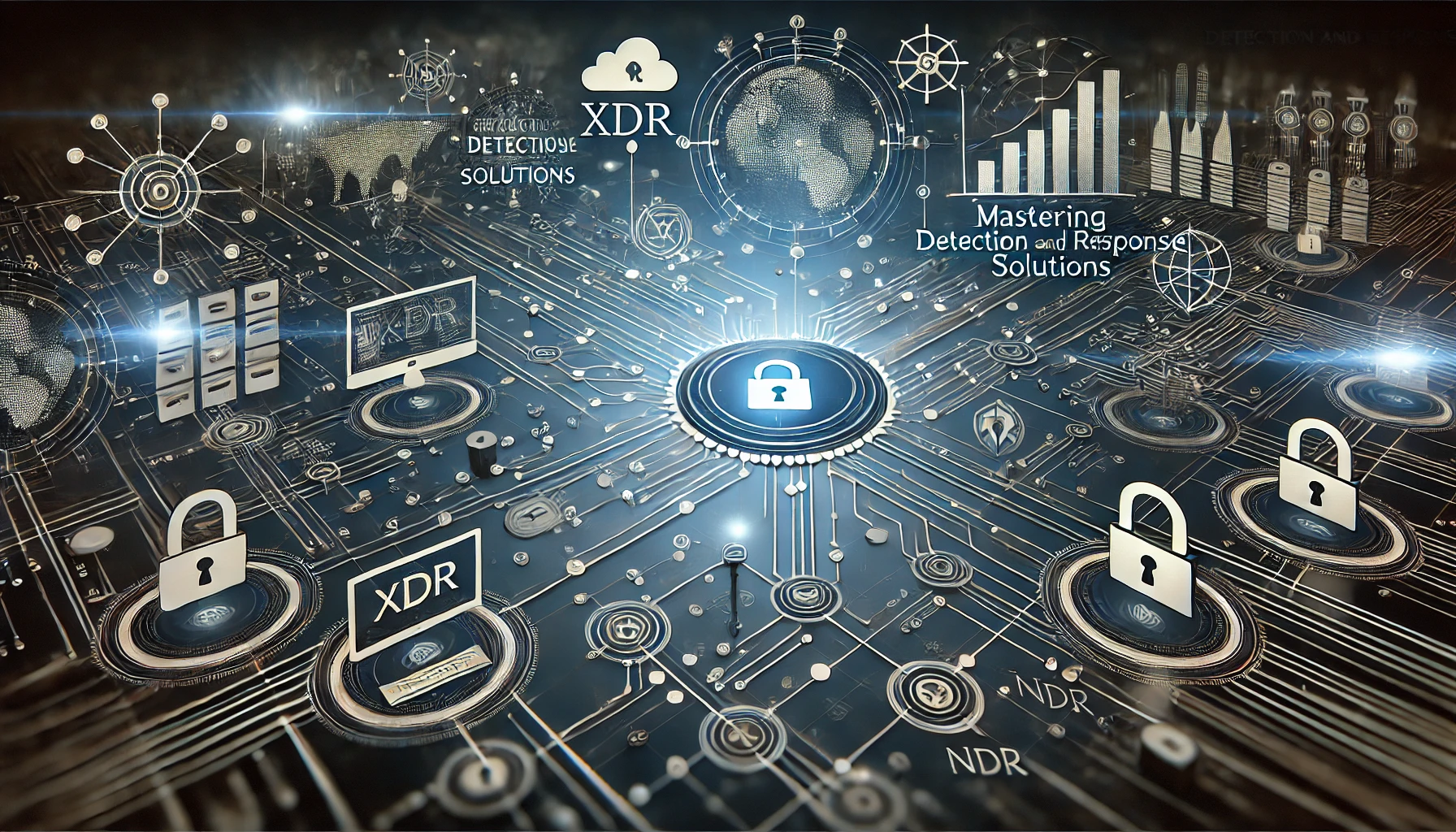Introduction
Welcome to Secure Debug’s cybersecurity blog, where we keep you updated on the latest trends and insights in the world of cybersecurity. In this post, we’ll explore the top cybersecurity trends to watch out for in 2021. As technology evolves rapidly, so do the threats that come with it. It’s crucial to stay ahead of the curve to protect your organization from potential cyberattacks.
1. Remote Workforce Challenges
The COVID-19 pandemic has accelerated the adoption of remote work, leading to an increased attack surface for cybercriminals. As employees work from home, organizations face challenges in securing their networks, devices, and data. Cybersecurity professionals must focus on securing remote access, implementing strong authentication mechanisms, and educating employees about potential risks.
2. Cloud Security
Cloud computing has become an integral part of modern business operations. With the migration to cloud-based services, organizations need to ensure their data remains secure. The shared responsibility model requires organizations to understand their cloud provider’s security measures and implement additional layers of security, such as encryption, access controls, and regular security audits.
3. Artificial Intelligence and Machine Learning
Cybersecurity is becoming more complex, with attackers leveraging AI and ML techniques to launch sophisticated attacks. However, AI and ML also offer powerful tools for defending against cyber threats. Organizations are increasingly adopting AI-driven security solutions to detect anomalies, identify patterns, and respond to attacks in real-time.
4. Zero Trust Architecture
Traditional perimeter-based security models are no longer sufficient in today’s threat landscape. Zero Trust Architecture (ZTA) assumes that no user or device should be inherently trusted. It requires strict identity verification, least privilege access controls, continuous monitoring, and micro-segmentation of networks. ZTA provides enhanced security by minimizing the impact of a potential breach.
5. Internet of Things (IoT) Security
The proliferation of IoT devices introduces new security challenges. These devices often lack built-in security measures, making them attractive targets for cybercriminals. Organizations need to implement robust security measures, including strong authentication, regular patching, and network segmentation, to protect their IoT ecosystem.
Conclusion
As the threat landscape continues to evolve, organizations must stay updated with the latest cybersecurity trends. Remote workforce challenges, cloud security, AI and ML, zero trust architecture, and IoT security are just a few areas that demand attention in 2021. By embracing these trends and implementing robust security measures, organizations can mitigate risks and protect their valuable assets from cyber threats.







